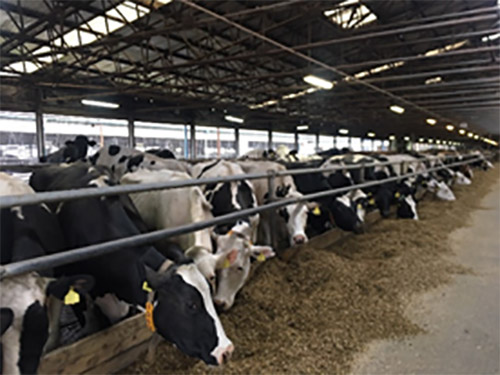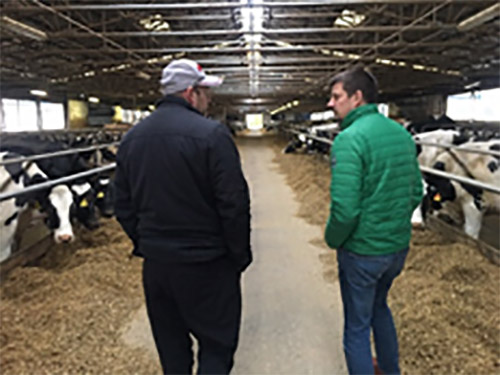Aseptic Sampling Earned Trust and Transparency
Prior to Covid-19 travel restrictions, I made a visit to the Czech Republic. It was an eye-opening experience in the value of relationships, but also the range of trust in dairy.
The Czech Republic has a growing dairy industry and some of the largest farms in Europe, with 1,000 head of dairy cows and some even larger farms.
Working with FarmSystem, QualiTru’s new service partner in the Czech Republic, I visited farms and dairy plants to learn about their current sampling procedures and to piece together the Quality data chain.
We found that farmers relied on payment data automatically collected off the back of the truck. Equally, plants relied on that data to determine their operations. In fact, one plant we visited based their production process on the protein and fat of the sample in the receiving bay.
Coming from the US where the payment sample is constantly questioned, I found this sense of trust, both admirable and confusing.
How could the farmer know that they were paid adequately and fairly? Can the Quality Manager really know that the farmer is producing the safest milk possible?
This process is not unique to the Czech Republic; in fact, most of Europe is more or less the same. Milk is picked up by the truck driver and a sample is automatically collected from the truck. The farmer and plant agree that the automated sample is correct.
Farmers may collect herd health samples monthly or occasionally evaluate bulk tanks. Plants may take raw milk samples more frequently, but that is solely based on management’s proactiveness. The data from the sample is used for component and microdata (bacteria counts). However, if the sample is not collected aseptically, the microdata is likely to not be accurate.

In the US this process is not standard, or at least not yet. The collected payment data varies between states. The truck driver either collects the sample from the silo or inline prior to the truck. Alternately, it may be collected in the receiving bay at the plant from a line or dipper. These procedures have their own sets of questions and potential for problems, but that is for another post.
In one way, I admire the level of autonomy and trust between processors and farmers. However, it is a bit disheartening to know that many products do not have controls throughout the process to monitor for microbiological risks. I don’t believe it is intentional, rather the opposite. There appears to be inadequate education and awareness of how to collect accurate samples and appropriately analyze the data.
Hopefully with more conversations that ask the right questions, we will get closer to a perfect balance of well documented and trusted supply chains. Central to those discussions is that microbiological data is only as accurate as the sample and that sampling equipment and procedures need be designed to not contaminate product samples (aseptic sampling).
Read more about FarmSystem




